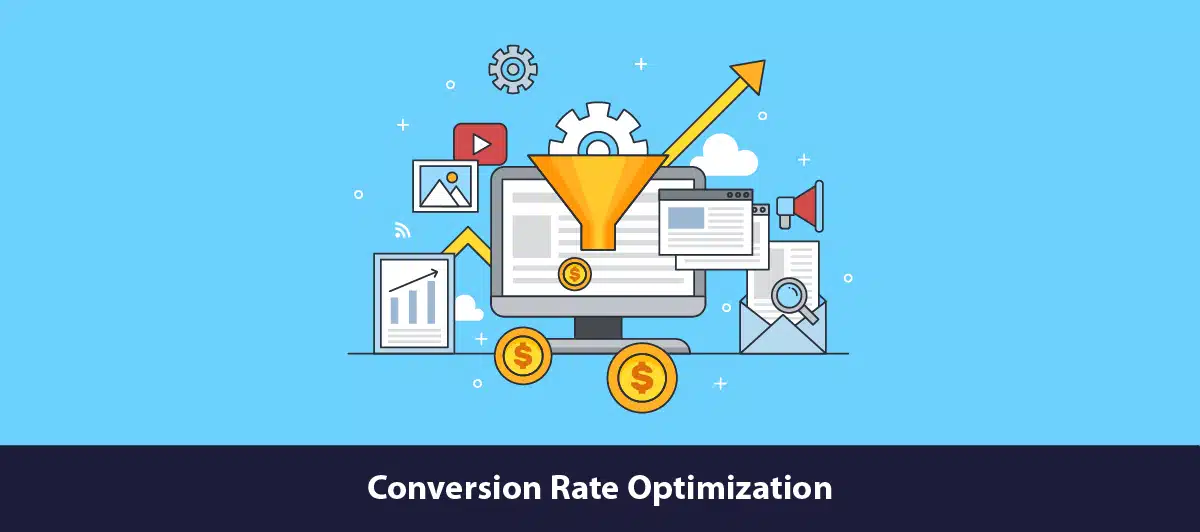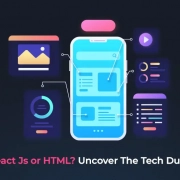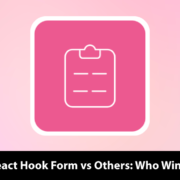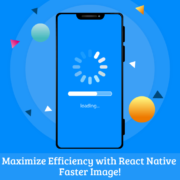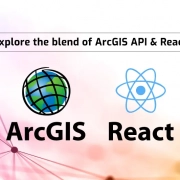What is Conversion Rate Optimization?
Conversion Level Improvement (Redesign and Copy of Text)
What is conversion rate optimization?
Conversion rate optimization (CRO) is the process of improving your site or prediction page based on website visitor behavior to help improve the chances of a visitor performing the desired actions (conversions) on a specified page.
What are the 6 key factors in improving conversion rate optimization?
CRO is a process that covers all the different sectors. A successful CRO campaign uses in-depth data to analyze results, run multiple tests, customize content to make it more relevant to visitors, and reach the necessary conclusions. In this CRO process journey, the vendor will encounter six key features that can be improved.
- Redesign the page
- Copy of page text
- CTA
- Redirect and page layout
- Forms
- and Page speed
Page Redesign:
Page design is the first and most important factor that defines the usability and effectiveness of a website. If the site is well designed, we will get more pulls. The main focus is that we simply redesign or rearrange the same things without breaking the product style, policies, and SEO (Search Engine Optimization).
Copy of Page Text:
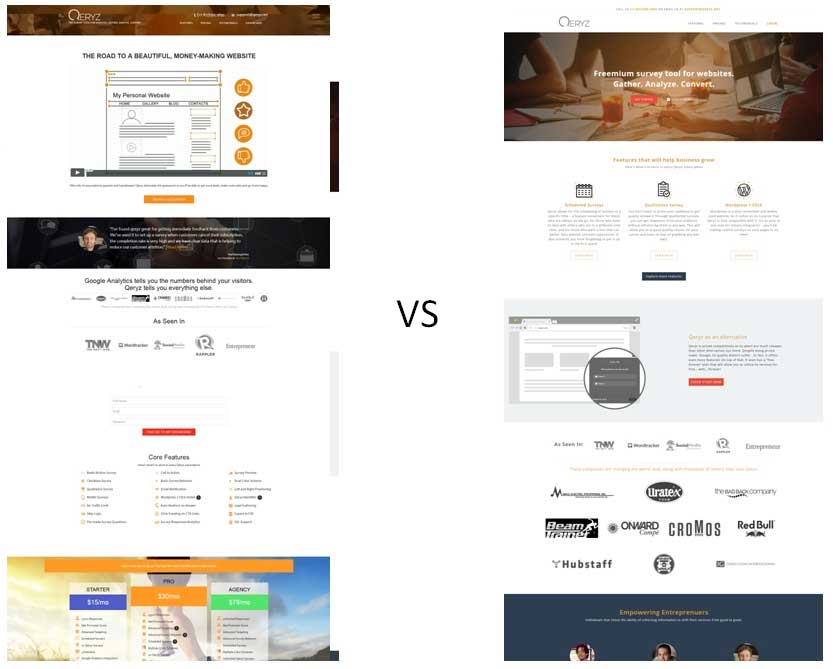
Headline:
Headlines are the first and foremost visitors to your forecast page. It usually describes their first idea of your business. If they do not like it, they will not scroll down and scan your entire page. To make sure you are on the right track, focus on the following:
A. Formatting:
It usually focuses on font type, font size, and color to ensure it attracts the attention of your visitors and is easy to read.
B. Writing Style:
Ask a question – e.g. Did you know that email marketing can add up to 20% more revenue to your business ?, How can you find products you have chosen? etc.
Divide your content into two parts – e.g. Internet marketing: what to expect?
Direct address – e.g. Can you rely on content advertising?
Focus on numbers – e.g. 10 Ways to Ensure Email Marketing Adds to Your Conversion!
In any case, one should keep the topic short and to the point and make sure it speaks directly to what the product or service is about in a clear, concise manner.
Physical Content:
Well-written content is important for a website. It has to answer the basic question – “what is in store for me?” It should also be clear, concise, concise, and express your product personality most effectively.
To write good physical content, consider the following:
A. Formatting:
Cut the content into appropriate sections for easy reading.
Use the necessary subtitle to split the content into viewable pieces.
Dots or dotted lists where needed.
Font type, size, and color match the overall product design guidelines.
B. Writing Style:
The right tone for the target audience (exciting, professional, unusual, etc.)
Stylistic elements such as metaphors, adjectives, etc. highlight certain points.
Speak directly to the end-user and why they came here, and answer their questions.
Add keywords to improve overall usability and simplicity.
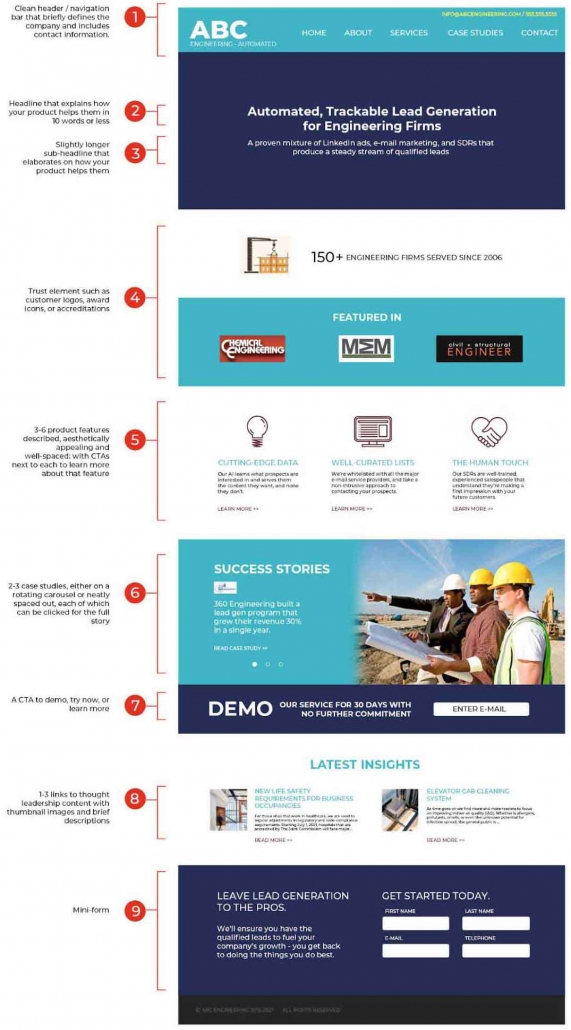
To be continued…
